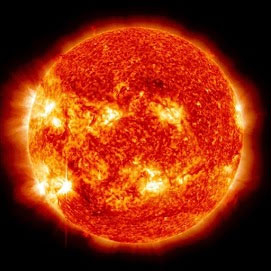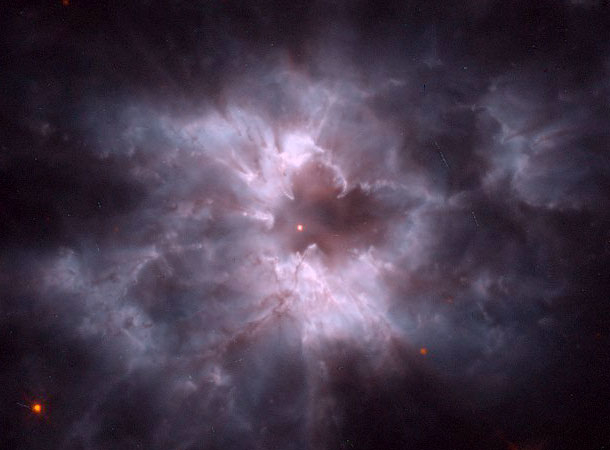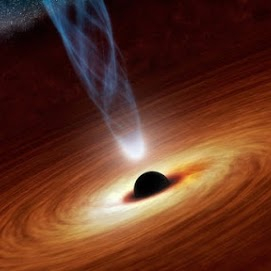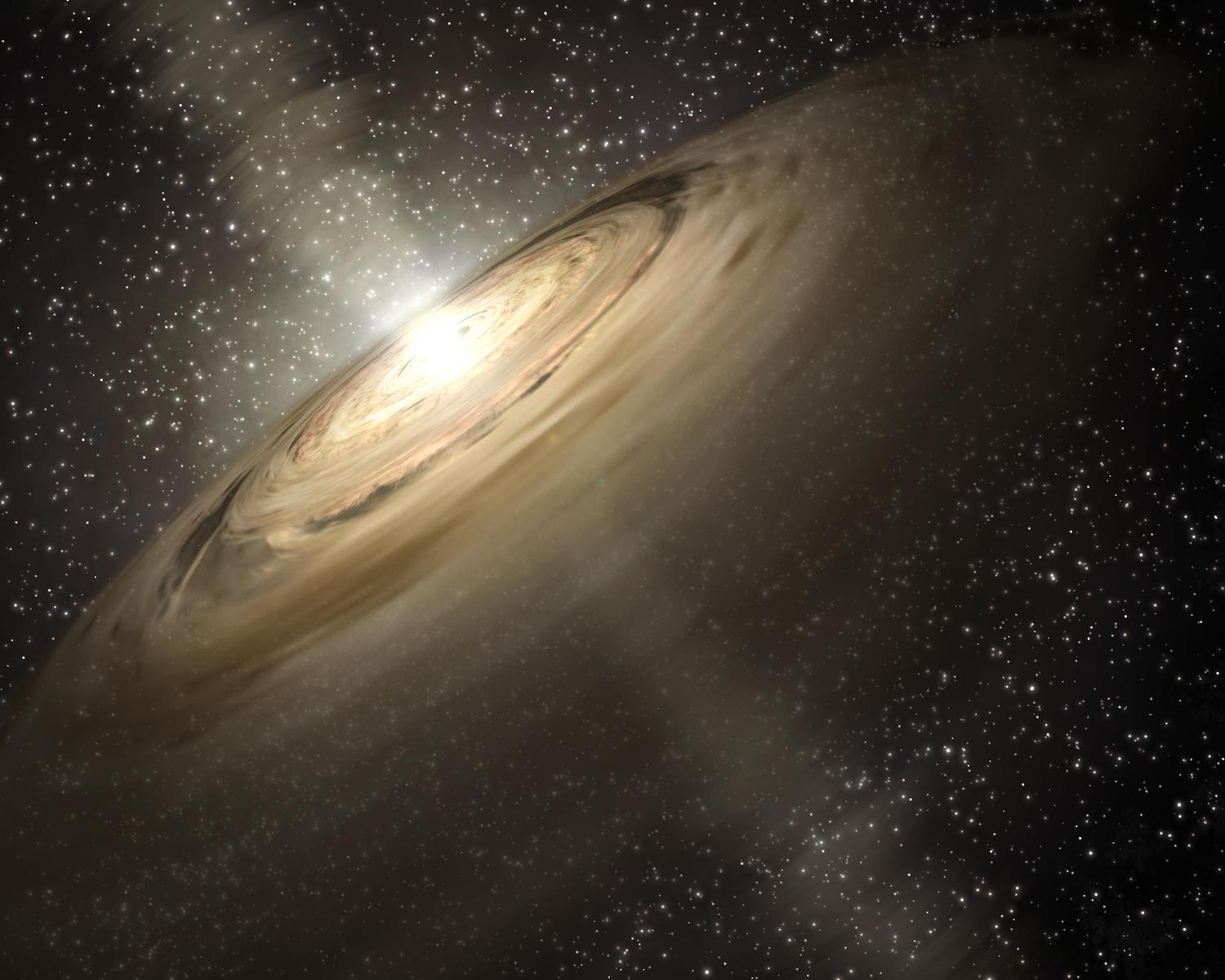Current Projects
The projects explored within WCAPP are varied. Below, we list the astrophysical problems, the suspected problem with atomic processes, and how to answer those problems.
 I. Solar Opacity (SNL)
I. Solar Opacity (SNL)
Problem: The solar convection zone boundary measured by helioseismology is discrepant with the standard solar model. This discrepancy can be resolved with a 14% increase in the Rosseland Mean Opacity.
Hypothesis: Opacity is incorrectly modeled.
Method: Heat a sample of iron to solar interior conditions to measure opacity in absorption (see Bailey et al. 2015).
 II. White Dwarf Spectral Line-Broadening (UT)
II. White Dwarf Spectral Line-Broadening (UT)
Problem: Spectroscopic method of determining white dwarf masses is discrepant with gravitational redshift and orbital determination of mass.
Hypothesis: Spectral Line Broadening is inaccurate.
Method: Heat samples of hydrogen and helium gasses to white dwarf atmospheric conditions and measure emission and absorption spectra and compare to models (see Montgomery et al. 2015.
 III. Efficiency of RAD (SNL)
III. Efficiency of RAD (SNL)
Problem: Is Resonant Auger Destruction (RAD) the explanation for missing iron lines in accretion disks?
Hypothesis: RAD is not 100% efficient in destroying emission lines
Method: Heat sample of silicon in high-radiation environment, measure spectrum in emission and absorption to measure relative strengths of spectral lines and how they are affected by RAD (see Loisel et al. 2017).
 IV. Heating in Accretion Disks (UNR)
IV. Heating in Accretion Disks (UNR)
Problem: Accretion disk models rely on untested atomic kinetics models.
Hypothesis: The current models (XSTAR, CLOUDY) are not accurately capturing atomic kinetics properly.
Method: Heat neon to accretion disk conditions and compare charge-states and line strengths with the predictions of astrophysical codes (Mancini et al. 2017).